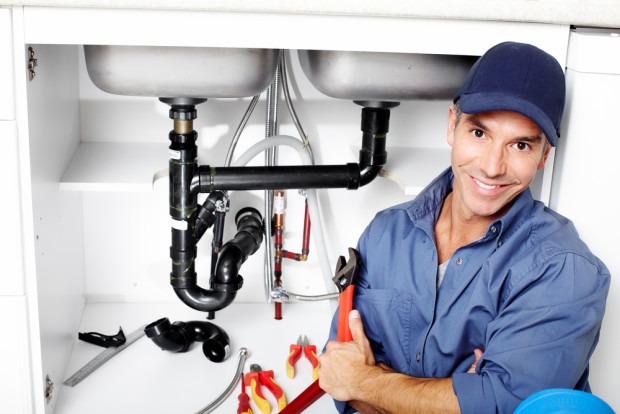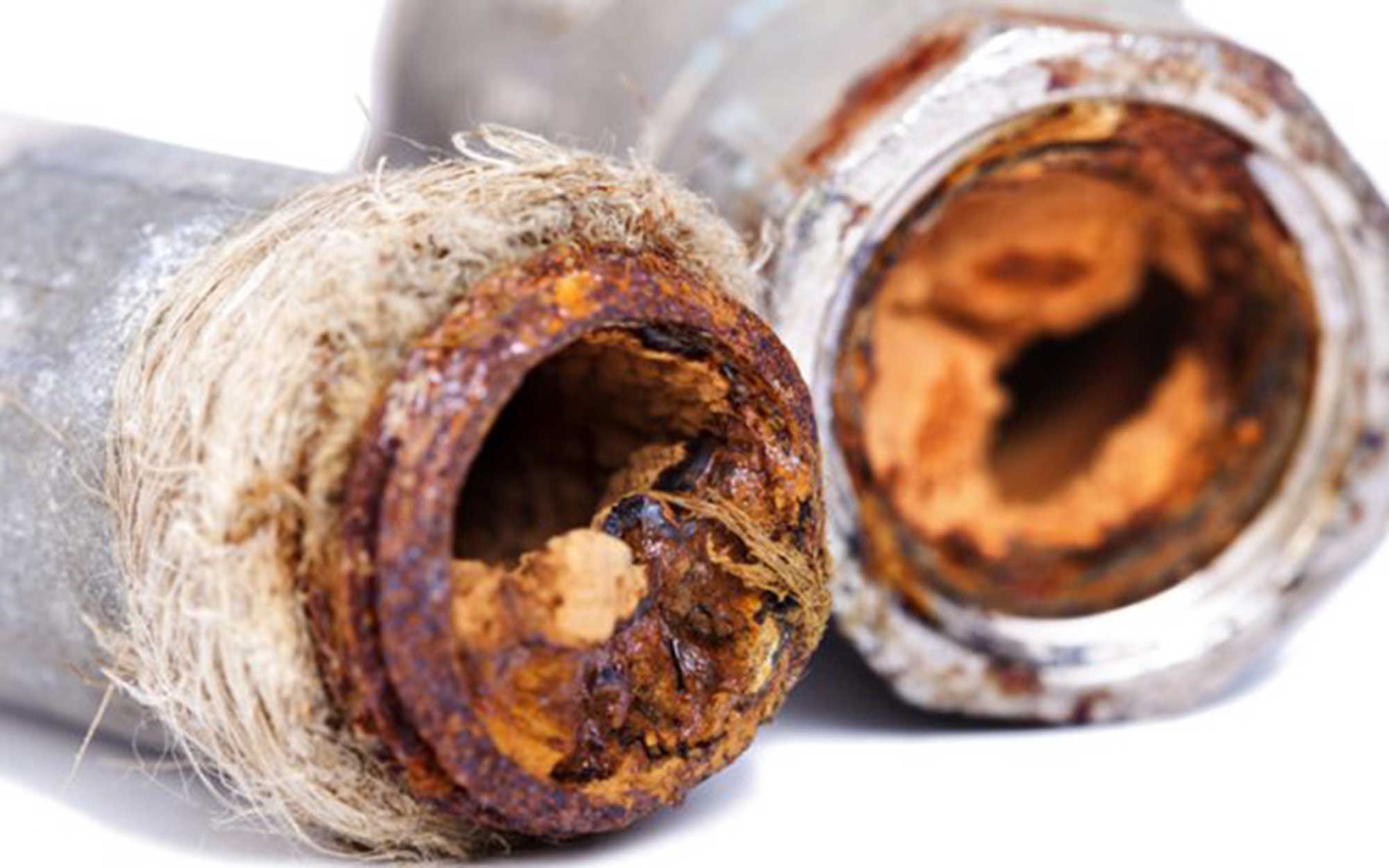When Home Appliances Go Awry: Usual Problems That Need a Plumber's Expertise
When Home Appliances Go Awry: Usual Problems That Need a Plumber's Expertise
Blog Article
What're your insights and beliefs about Why is My Home Making Strange Plumbing Noises?

To detect noisy plumbing, it is important to determine first whether the unwanted sounds occur on the system's inlet side-in other words, when water is turned on-or on the drain side. Sounds on the inlet side have actually varied causes: excessive water pressure, worn valve and faucet components, poorly attached pumps or various other devices, inaccurately positioned pipeline bolts, and also plumbing runs having a lot of tight bends or other restrictions. Noises on the drain side usually stem from poor location or, similar to some inlet side sound, a format having limited bends.
Hissing
Hissing sound that takes place when a tap is opened somewhat typically signals extreme water pressure. Consult your local water company if you believe this trouble; it will certainly have the ability to tell you the water pressure in your location as well as can set up a pressurereducing valve on the inbound water system pipe if essential.
Thudding
Thudding sound, frequently accompanied by shuddering pipelines, when a faucet or appliance shutoff is turned off is a problem called water hammer. The sound and also vibration are caused by the resounding wave of pressure in the water, which suddenly has no area to go. In some cases opening up a valve that releases water rapidly right into an area of piping containing a constraint, elbow joint, or tee fitting can create the same problem.
Water hammer can typically be healed by installing installations called air chambers or shock absorbers in the plumbing to which the problem valves or faucets are linked. These devices enable the shock wave created by the halted circulation of water to dissipate in the air they have, which (unlike water) is compressible.
Older plumbing systems may have brief vertical areas of capped pipe behind wall surfaces on faucet competes the same function; these can eventually full of water, minimizing or destroying their effectiveness. The treatment is to drain the water supply completely by turning off the major supply of water shutoff and opening up all taps. Then open up the main supply valve as well as shut the faucets individually, starting with the faucet nearest the shutoff and finishing with the one farthest away.
Babbling or Shrieking
Extreme chattering or screeching that occurs when a shutoff or tap is activated, and that typically vanishes when the installation is opened fully, signals loose or faulty interior components. The remedy is to replace the valve or faucet with a brand-new one.
Pumps and also devices such as washing machines as well as dishwashing machines can move electric motor sound to pipes if they are improperly linked. Link such products to plumbing with plastic or rubber hoses-never stiff pipe-to isolate them.
Various Other Inlet Side Noises
Squeaking, squealing, scraping, breaking, and also touching typically are triggered by the development or tightening of pipelines, usually copper ones providing warm water. The sounds occur as the pipes slide against loose fasteners or strike nearby house framing. You can frequently determine the location of the problem if the pipelines are revealed; simply adhere to the audio when the pipelines are making sounds. More than likely you will certainly uncover a loosened pipeline wall mount or a location where pipelines exist so near to floor joists or other framing pieces that they clatter against them. Attaching foam pipe insulation around the pipelines at the point of call must correct the problem. Be sure bands as well as hangers are secure and give appropriate support. Where possible, pipeline fasteners ought to be attached to substantial architectural aspects such as foundation wall surfaces rather than to framing; doing so decreases the transmission of resonances from plumbing to surfaces that can amplify and also transfer them. If attaching bolts to framework is unavoidable, cover pipelines with insulation or other resistant material where they contact bolts, and sandwich completions of new fasteners in between rubber washers when mounting them.
Remedying plumbing runs that struggle with flow-restricting limited or various bends is a last resource that must be carried out just after speaking with a knowledgeable plumbing professional. However, this situation is fairly usual in older houses that might not have been constructed with indoor plumbing or that have actually seen several remodels, specifically by novices.
Drainpipe Sound
On the drainpipe side of plumbing, the chief objectives are to get rid of surface areas that can be struck by dropping or rushing water and also to insulate pipelines to include inescapable audios.
In new building and construction, tubs, shower stalls, toilets, and also wallmounted sinks and containers ought to be set on or versus durable underlayments to lower the transmission of noise through them. Water-saving bathrooms and also faucets are less loud than conventional designs; mount them instead of older kinds even if codes in your location still permit making use of older fixtures.
Drainpipes that do not run vertically to the cellar or that branch right into horizontal pipe runs sustained at floor joists or other mounting existing particularly problematic sound problems. Such pipes are large enough to emit considerable resonance; they additionally carry considerable quantities of water, which makes the scenario worse. In new building and construction, specify cast-iron dirt pipelines (the big pipelines that drain bathrooms) if you can manage them. Their massiveness includes a lot of the noise made by water going through them. Additionally, stay clear of routing drains in wall surfaces shared with bed rooms and also rooms where people collect. Walls including drains need to be soundproofed as was described earlier, making use of double panels of sound-insulating fiberboard as well as wallboard. Pipelines themselves can be wrapped with special fiberglass insulation produced the objective; such pipes have an invulnerable vinyl skin (in some cases including lead). Outcomes are not always adequate.
WHY IS MY PLUMBING MAKING SO MUCH NOISE?
This noise indeed sounds like someone is banging a hammer against your pipes! It happens when a faucet is opened, allowed to run for a bit, then quickly shut — causing the rushing water to slam against the shut-off valve.
To remedy this, you’ll need to check and refill your air chamber. Air chambers are filled with — you guessed it — air and help absorb the shock of moving water (that comes to a sudden stop). Over time, these chambers can fill with water, making them less effective.
You’ll want to turn off your home’s water supply, then open ALL faucets (from the bathroom sink to outdoor hose bib) to drain your pipes. Then, turn the water back on and hopefully the noise stops! If you’re still hearing the sound, give us a call to examine further.
Whistles
Whistling sounds can be frustrating, as sometimes the source isn’t easily identified. However, if you can pinpoint which faucet or valve that may be the cause, you’ll likely encounter a worn gasket or washer — an easy fix if you replace the worn parts!Whistling sounds from elsewhere can mean a number of things — from high water pressure to mineral deposits. Your best plan of attack here is to give our plumbing experts a call. We’ll be able to determine where the noise is coming from and what the cause may be, then recommend an effective fix!
Cracks or Ticks
Cracking or ticking typically comes from hot water going through cold, copper pipes. This causes the copper to expand resulting in a cracking or ticking sound. Once the pipes stop expanding, the noise should stop as well.
Pro tip: you may want to lower the temperature of your water heater to see if that helps lessen the sound, or wrapping the pipe in insulation can also help muffle the noise.
Bangs
Bangs typically come from water pressure that’s too high. To test for high water pressure, get a pressure gauge and attach it to your faucet. Water pressure should be no higher than 80 psi (pounds per square inch) and also no lower than 40 psi. If you find a number greater than 80 psi, then you’ve found your problem!
Next step is to give us a call in order to install a pressure regulator. Trust us, you don’t want to wait to resolve this issue. Not only is the sound annoying, but high water pressure can be destructive to your home — including damaging certain appliances, like your washer and dishwasher.
Dripping
You might be accustom to the slow quiet drip your kitchen faucet makes. You might have even tuned out your bathroom sink dripping and drabbing all day long — but it’s time to find its cause.
A slow drip could signify a variety of easy to fix issues, such as a worn out O ring, or loose part. And by ignoring the drip, you could be wasting up to 2,000 gallons of water a year! So start conserving water — get it looked at ASAP.
https://www.pwessig.com/blog/2018/december/why-is-my-plumbing-making-so-much-noise-/

I am very drawn to Why is My Home Making Strange Plumbing Noises and I hope you enjoyed our blog post. Those who appreciated our post if you please do not forget to pass it around. I value reading our article about Why is My Home Making Strange Plumbing Noises.
Book Your Service Report this page